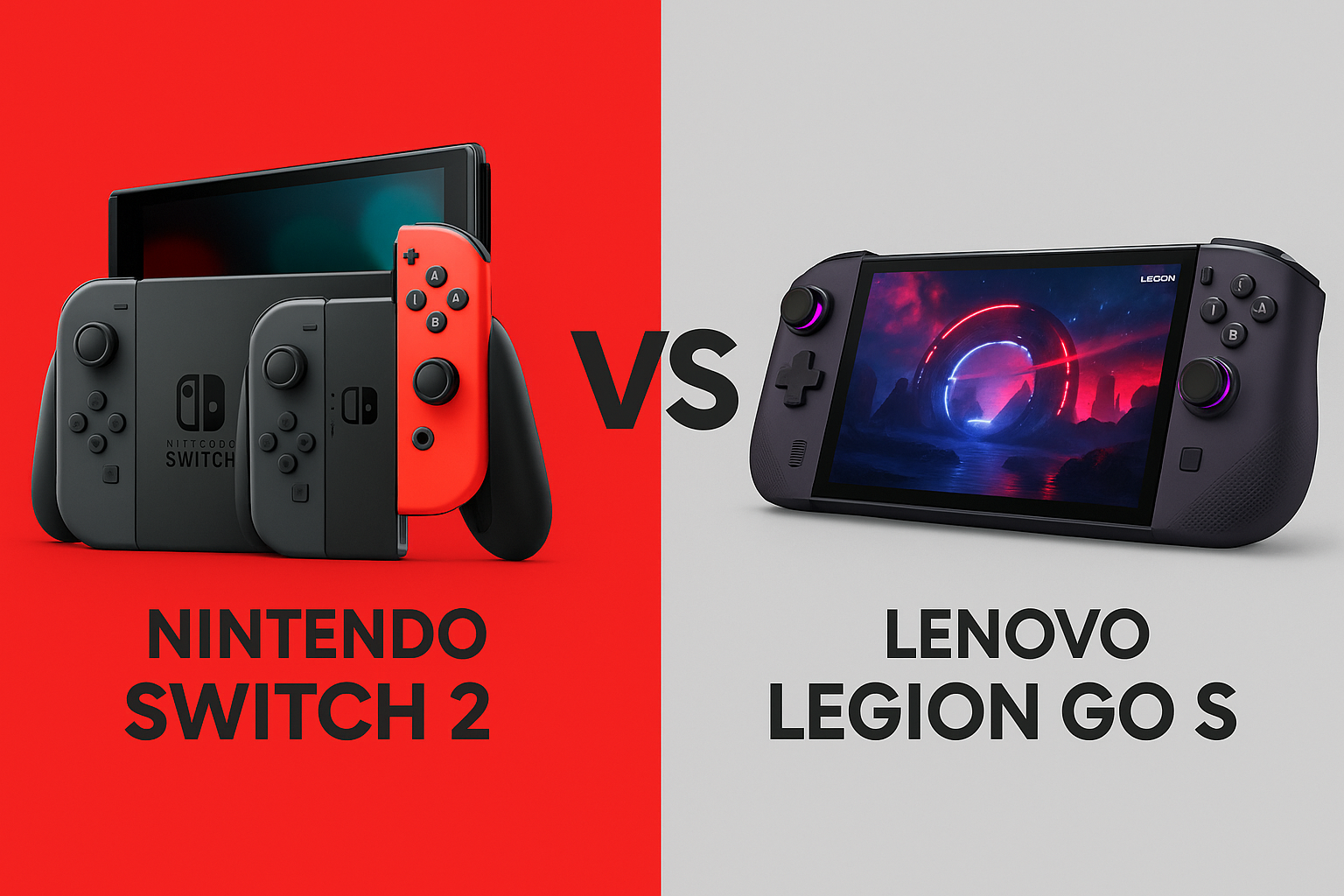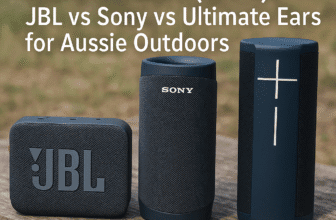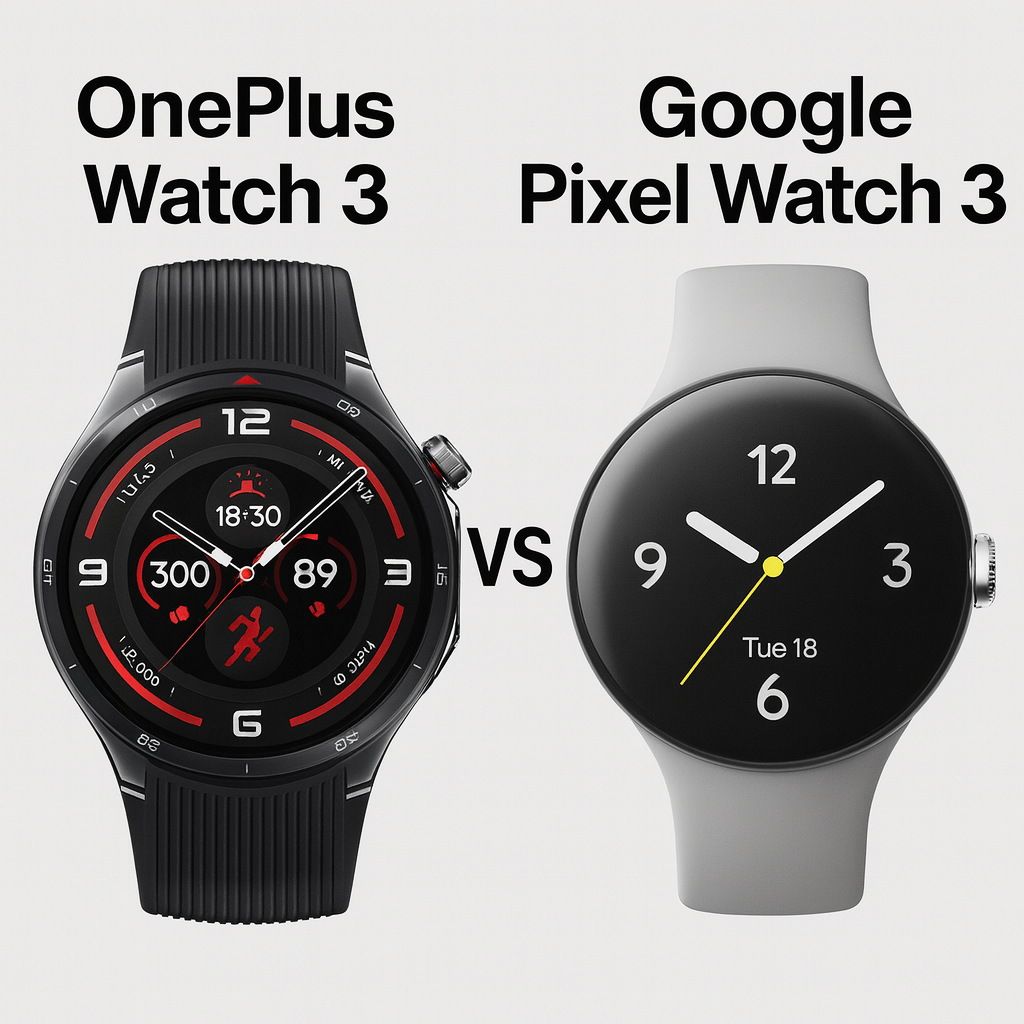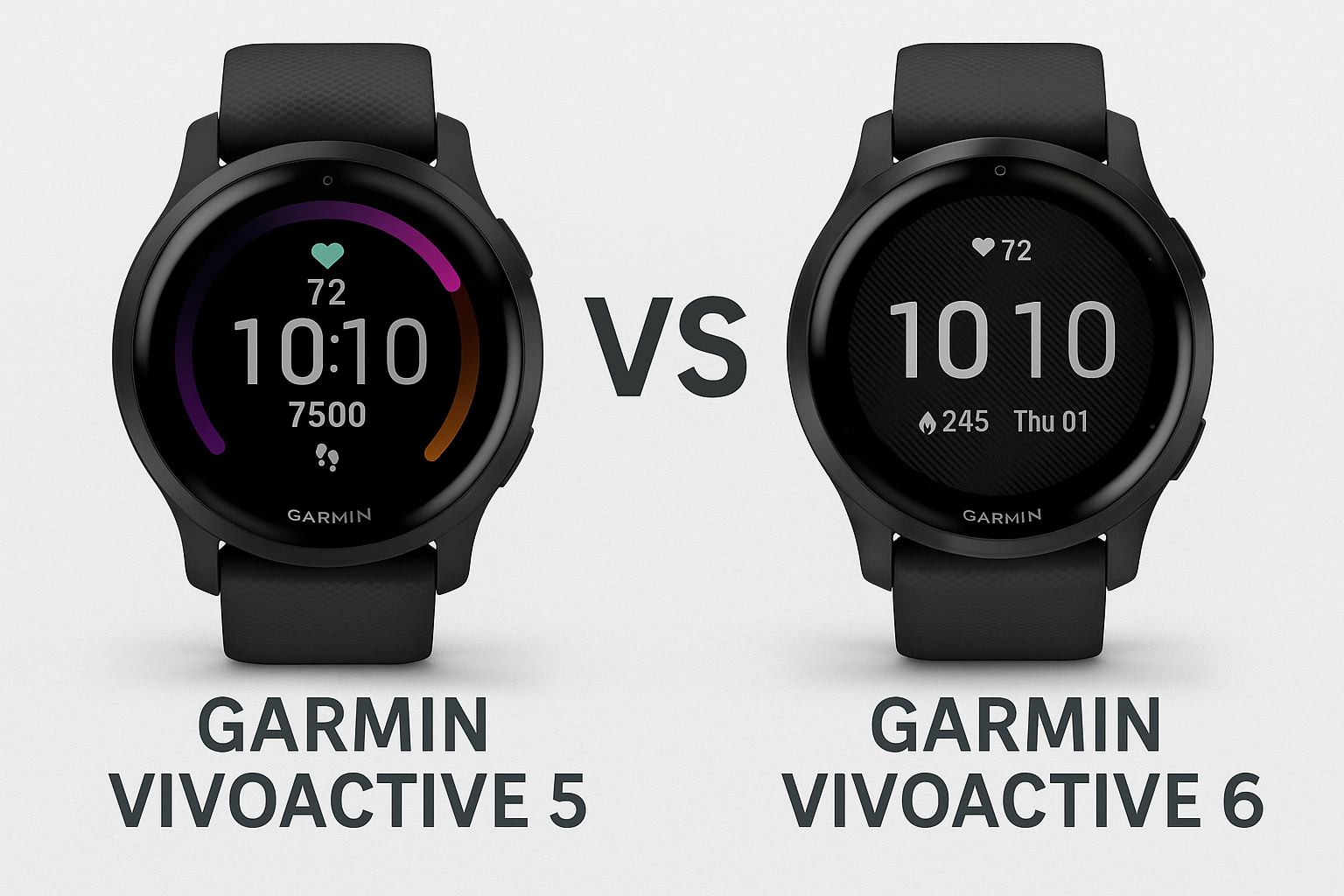Samsung Galaxy Z Fold 7 vs Z Fold 6: What’s New, What’s Better & Should You Upgrade?
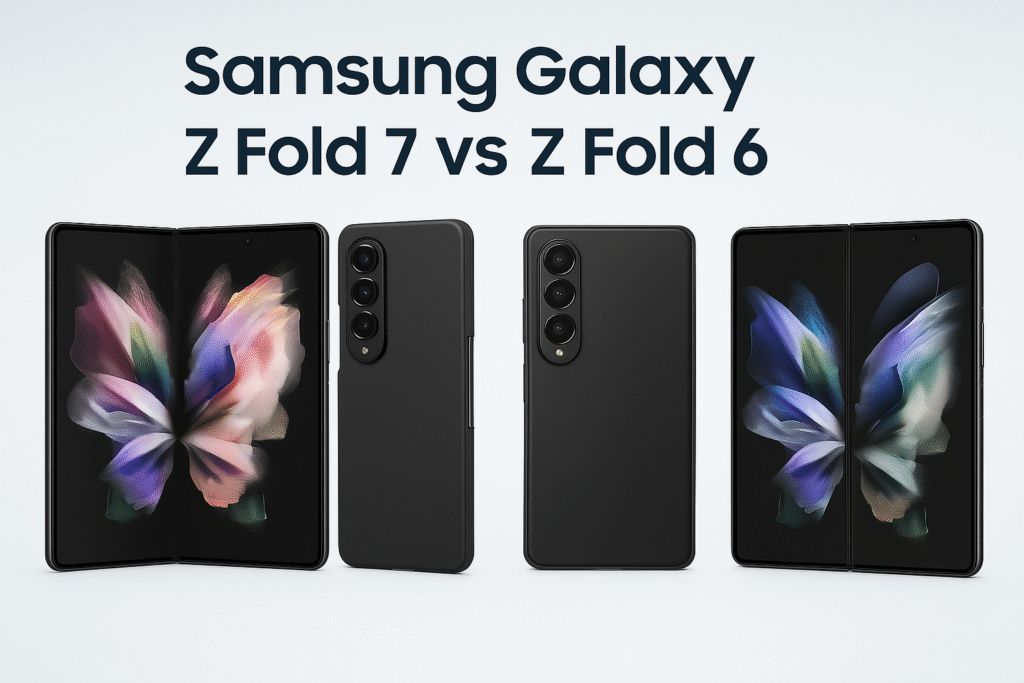
Samsung’s Galaxy Z Fold series has consistently pushed the boundaries of foldable smartphone technology, transforming from an ambitious concept into a refined productivity powerhouse. With each generation, Samsung has refined the design, enhanced performance, and improved the overall user experience. The Samsung Galaxy Z Fold 7, launched in July 2025, represents the latest evolution in this innovative lineup, building upon the solid foundation established by the Samsung Galaxy Z Fold 6.
For Australian consumers considering an upgrade or choosing between these two flagship foldables, understanding the key differences is crucial. This comprehensive comparison will help you decide whether the Samsung Galaxy Z Fold 7 offers enough improvements to justify upgrading from the Z Fold 6, or if waiting for better Z Fold 7 deals might be the smarter choice.
Table of Contents
Samsung Galaxy Z Fold 7 vs Z Fold 6: Key Feature Comparison Table
| Feature | Samsung Galaxy Z Fold 7 | Samsung Galaxy Z Fold 6 |
|---|---|---|
| Display | 7.6″ Dynamic AMOLED 2X (inner), 6.3″ (outer) | 7.6″ Dynamic AMOLED 2X (inner), 6.2″ (outer) |
| Processor | Snapdragon 8 Elite | Snapdragon 8 Gen 3 |
| RAM | 12GB/16GB | 12GB |
| Storage | 256GB/512GB/1TB | 256GB/512GB/1TB |
| Main Camera | 200MP (upgraded) | 50MP |
| Battery | 4,400mAh | 4,400mAh |
| Weight | 215g | 239g |
| Thickness | 4.2mm | 5.6mm |
| OS | Android 16, One UI 8 | Android 14, One UI 6.1 |
| Charging | 25W wired, 15W wireless | 25W wired, 15W wireless |
Design & Build Quality
The Samsung Galaxy Z Fold 7 introduces several notable design improvements that address long-standing concerns about foldable phones. The most significant change is the dramatic reduction in thickness and weight – the Z Fold 7 measures just 4.2mm thick and weighs 215g, compared to the Z Fold 6’s 5.6mm thickness and 239g weight. This 24g weight reduction makes the device considerably more comfortable for extended use.
Samsung has also refined the hinge mechanism, with an upgraded internal structure that significantly reduces the appearance of the crease on the main display. The outer display has been slightly widened, improving the cover screen experience for daily tasks without opening the device.
The build quality maintains Samsung’s premium standards, featuring Corning Gorilla Glass Ceramic 2 on the front and Gorilla Glass Victus 2 on the rear, along with Samsung’s Advanced Armor Aluminum frame. However, those investing in a Samsung Galaxy Z Fold 7 case should note that the slimmer profile means Z Fold 6 accessories won’t be compatible with the new model.
Performance & Software
The performance leap in the Samsung Galaxy Z Fold 7 is substantial, powered by the latest Snapdragon 8 Elite processor. This represents a significant upgrade from the Z Fold 6’s Snapdragon 8 Gen 3 chip, delivering 38% faster processing speeds, 26% smoother graphics performance, and 41% quicker AI processing capabilities.
The Z Fold 7 also introduces a new RAM configuration option, offering up to 16GB of RAM for the 1TB storage variant, while maintaining 12GB for the 256GB and 512GB models. This additional RAM primarily benefits power users who frequently multitask with multiple apps simultaneously.
Software-wise, the Z Fold 7 launches with Android 16 and One UI 8, providing enhanced foldable-specific features and improved Galaxy AI integration. Samsung promises up to 7 major Android updates, ensuring long-term software support that matches the premium price point.
Camera Improvements
Perhaps the most significant upgrade in the Samsung Galaxy Z Fold 7 is the camera system. The main camera has been upgraded from a 50MP sensor in the Z Fold 6 to a flagship-grade 200MP sensor, matching the camera quality found in Samsung’s Galaxy S25 Ultra. This represents a fourfold increase in detail capture capability.
The new camera system includes enhanced night mode performance, improved AI-powered photography features, and better low-light performance. The larger sensor also enables more advanced computational photography features, including improved portrait mode and enhanced zoom capabilities.
The front-facing and under-display cameras maintain similar specifications to the Z Fold 6, focusing the improvements on the primary camera that users rely on most for everyday photography.
Battery Life & Charging
The Samsung Galaxy Z Fold 7 maintains the same 4,400mAh battery capacity as its predecessor, but the more efficient Snapdragon 8 Elite processor should deliver improved battery life despite the identical capacity. The charging specifications remain unchanged at 25W wired charging, 15W wireless charging, and 4.5W reverse wireless charging.
While some users might have hoped for faster charging speeds, Samsung has prioritised battery longevity and thermal management over raw charging speed, which aligns with the device’s premium positioning and expected multi-year usage.


Z Fold 7 Deals & Buying Advice
For Australian consumers looking for Z Fold 7 deals, the best opportunities typically emerge during major shopping events like Click Frenzy or Black Friday. Samsung often offers trade-in incentives that can significantly reduce the upgrade cost, particularly when trading in a Z Fold 6.
When searching for Samsung Galaxy Z Fold 7 deals, consider checking major retailers like Amazon AU, JB Hi-Fi, Harvey Norman, and Officeworks, alongside carrier deals from Telstra, Optus, and Vodafone. Bundle deals that include accessories like the Samsung Galaxy Z Fold 7 case, Galaxy Buds, or Galaxy Watch can provide additional value.
The launch of the Z Fold 7 has also created opportunities for Z Fold 6 deals, with significant price reductions available for those who don’t need the latest features. This makes the Z Fold 6 an attractive option for budget-conscious buyers entering the foldable market.
Who Should Consider Upgrading?
The Samsung Galaxy Z Fold 7 represents a meaningful upgrade, particularly for photography enthusiasts who will benefit from the 200MP camera system. The reduced weight and thickness also address key ergonomic concerns that have limited foldable adoption.
Current Z Fold 6 owners might find the upgrade worthwhile if they prioritise camera quality, frequently use AI features, or found the previous model too heavy for comfortable daily use. The performance improvements, while significant on paper, may not be immediately noticeable for typical smartphone tasks.
However, Z Fold 5 or older model owners will find the Z Fold 7 a compelling upgrade, with substantial improvements across all areas including performance, camera quality, design, and software features.
![Samsung Galaxy Z Fold6 [AU Version] AI Smartphone, 12GB RAM, 256GB Storage, Navy](https://m.media-amazon.com/images/I/61L8tsz-19L._SS520_.jpg)

Conclusion
The Samsung Galaxy Z Fold 7 successfully addresses several key weaknesses of its predecessor while maintaining the strengths that made the Z Fold 6 popular among productivity-focused users. The combination of a significantly improved camera system, reduced weight and thickness, and enhanced performance makes it a worthwhile upgrade for many users.
For existing Z Fold 6 owners, the decision depends on individual priorities. Photography enthusiasts and users who found the Z Fold 6 too heavy will appreciate the improvements, while those satisfied with their current device’s performance might prefer to wait for more substantial innovations in future generations.
The Samsung Galaxy Z Fold 7 is best suited for power users, early adopters, and professionals who rely on their smartphone for productivity tasks. The premium pricing reflects the cutting-edge technology, but the improvements justify the cost for users who can fully utilise the enhanced capabilities.
For Australian consumers, monitoring Z Fold 7 deals throughout the year can make the upgrade more affordable, while the availability of discounted Z Fold 6 models provides an excellent entry point into Samsung’s foldable ecosystem.








